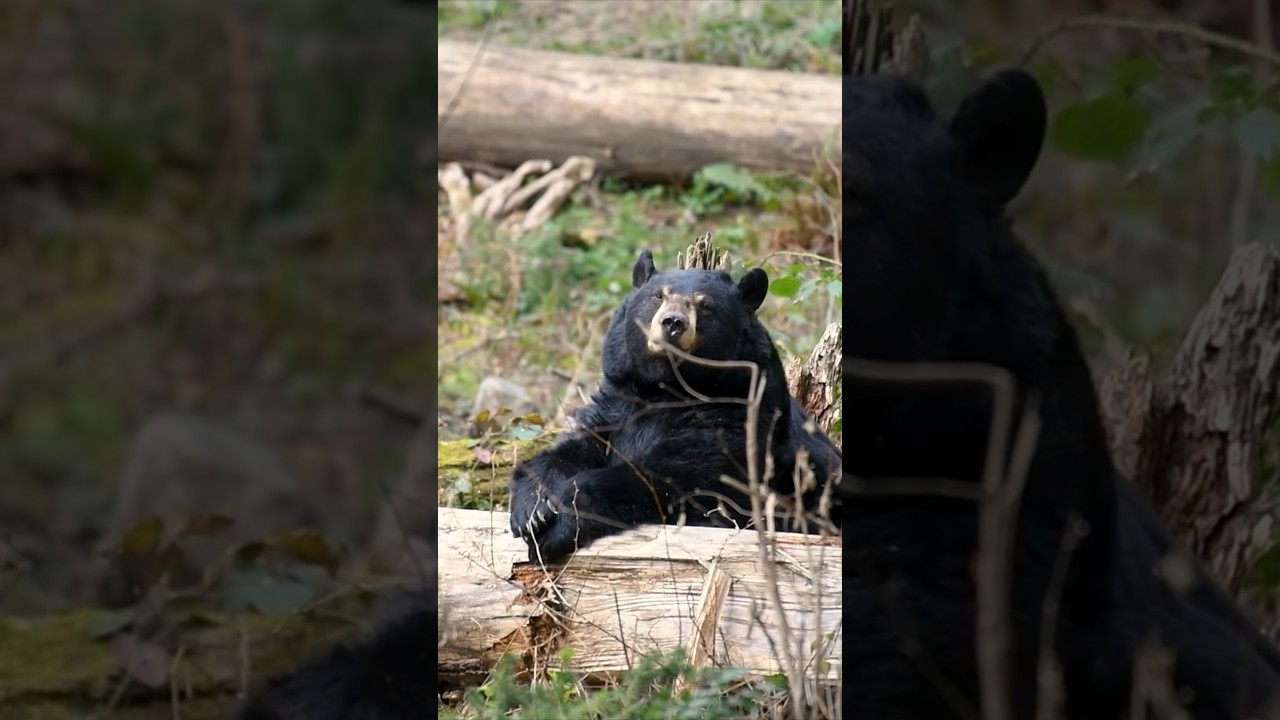– The significance of Happy World Bear Day in wildlife conservation and education
– Insights into the hibernation and awakening of black bear siblings Benton and Fern
– The role of zoos in bear conservation and public awareness
– Challenges and strategies for the preservation of bear habitats in the wild
– The impact of wildlife conservation efforts on global biodiversity
Happy World Bear Day is an event to raise awareness about the various bear species worldwide and their conservation issues. This day provides an exceptional opportunity for zoos, wildlife advocates, and conservationists to educate the public on the importance of preserving these magnificent creatures and their natural habitats.
One of the most captivating events in a bear’s life is the end of hibernation, demonstrated by the awakening of black bear siblings Benton and Fern from their winter slumber. This awakening is a complex physiological process. During winter hibernation, the bears’ metabolic rate slows down to conserve energy and live off their fat reserves. Their heart rate can drop from the usual 40-50 beats per minute to just 8-10 beats, and they do not eat, drink, urinate, or defecate for months. As the weather warms, hormonal changes trigger the bears to rouse from their sleep, with their metabolism gradually returning to normal. Benton and Fern’s reemergence marks the beginning of their active period, where they will forage and gain weight in preparation for the next hibernation season.
The observance of Happy World Bear Day is particularly relevant to zoo management practices. Zoos play a critical role in the research of bear biology and behavior and in rescuing injured or orphaned bears, providing them sanctuary, and sometimes preparing them for reintroduction into the wild. These efforts support the genetic diversity necessary for the survival of bear populations, especially when they involve species under threat, like the giant panda or polar bear.
Zoos use Happy World Bear Day to educate the public and showcase their bear conservation programs and research initiatives. Through presentations, interactive exhibits, and educational programs, zoo visitors gain a deeper understanding of the challenges bears face in the wild, such as habitat loss, climate change, and conflict with humans. Such education is pivotal in garnering support for conservation efforts and promoting coexistence strategies in human-bear conflict zones.
Conservation of bear habitats is not without its hurdles. Deforestation, urban expansion, and resource extraction can fragment and reduce habitats, forcing bears into closer proximity to human settlements. This can lead to increased conflict, as bears may prey on livestock or forage in gardens and trash, leading to lethal control measures against them. To combat these issues, conservationists employ strategies, including protected area designation, habitat corridors to connect isolated bear populations, and community-based conservation programs that involve and benefit local people.
The tireless work of conservationists directly affects global biodiversity. Bears play a vital ecological role as they can be seed dispersers and help control populations of certain prey species. Their conservation is linked with preserving large tracts of wilderness, benefiting countless other species and maintaining ecosystem functions. Successful conservation programs for bears could serve as a template for similar efforts targeting other wildlife, illustrating the interconnectedness of the natural world and the importance of a comprehensive approach to managing wildlife populations.
Engagement in bear conservation has seen a positive trend thanks to initiatives like Happy World Bear Day, which reminds us yearly of bears’ beauty and ecological significance. When individuals learn about and grow to appreciate these animals, especially through endearing stories like Benton and Fern’s emergence from winter rest, they are more inclined to participate in or contribute to conservation efforts. The more the public understands these incredible animals, the better equipped we are to ensure their survival for generations.
*****
Source Description


